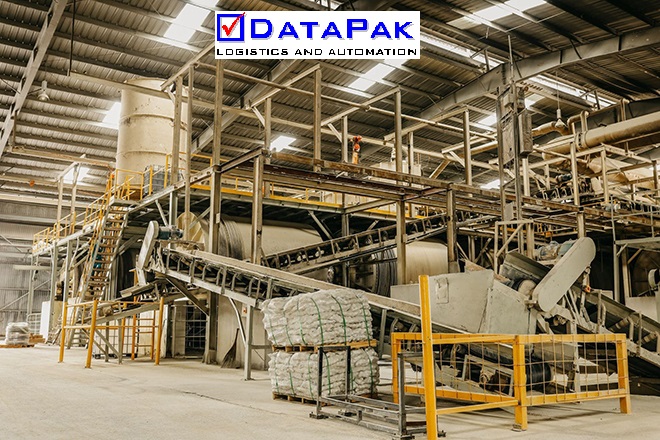The Role Of Humidity Control In Clay Brick Production
Measuring and controlling moisture content plays an important role in maintaining consistency and quality in the clay brick manufacturing process. Previously, humidity control was often done manually. However, manufacturers have found that applying microwave sensors from Hydronix is an extremely accurate and effective method for measuring humidity during the production of clay bricks.

Benefits
- There are many benefits that this method brings, such as:
- Consistency: Sensors using microwave technology ensure mixture consistency (homogeneity), helping to achieve accurate repeatability from one production run to the next.
- Reduced Costs: The ability to know the moisture content in the final mixture in advance helps calculate drying times accurately, thereby minimizing scrap and saving costs. In addition, it also reduces the energy used for drying products.
- Environmental Protection: Knowing the moisture content in bricks before the firing process allows calculating and adjusting the amount of fuel needed accurately, reducing energy consumption.
Sensor Installation Location
Humidity sensors can be installed at many different locations in the production process, depending on the specific requirements of each factory and the specific design mechanism of the system. Specifically, the Hydro-Probe sensor can be placed in the silo neck, conveyor belt, or under the silo discharge. As well as above the line to measure the moisture content of raw materials before entering the mixing process. The Hydro-Mix sensor is installed flat, suitable for single shaft mixers, double shaft mixers, or mixers with large mixing arms, to measure the moisture content of materials during the mixing process. This allows manufacturers to precisely adjust the amount of water added, ensuring the consistency of the final mixture.





